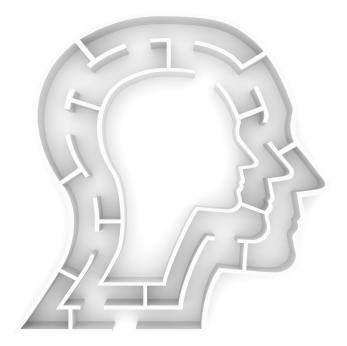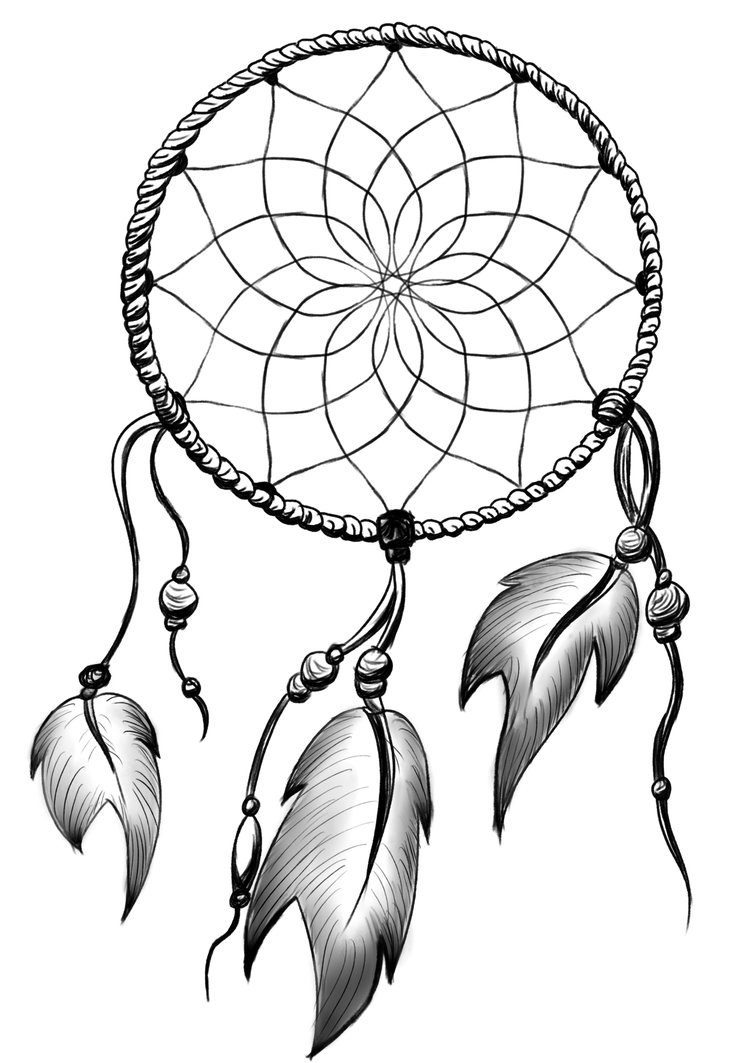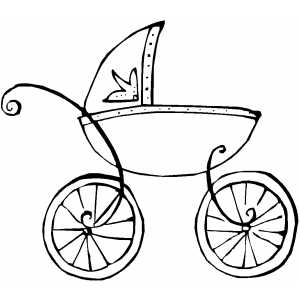Our dreams are not just random sets or sequences of events occurring during sleep. They have a discernible connection to reality, whether such a relation is rooted in our past, a reflection of our present or a prediction of our future. Dreams are rife with symbolism and symbolic images, or things which speak about us – and more aptly, to us – through the deepest recesses of our subconscious. These symbols take the form of living or nonliving things, sounds, visions, our own and other people’s actions which appear in our dreams as a mirror of our innermost thoughts and feelings, or a parallel conscience to guide us through life’s journey. Therefore, it is imperative that we uncover the meaning of our dreams so that our awareness could help us act accordingly and use our knowledge for our own good.
 Not surprisingly, remembering and interpreting certain dream symbols can often result in revelations which were somehow already anticipated or expected by the dreamer. However, there are dream symbols which may be difficult to fathom, and a deeper understanding and analysis of life’s circumstances are needed in order to form a cogent connection to the dream visions themselves, especially when a dream is recurring. These symbols may reveal some deeply-rooted subconscious desires. They may be hiding repressed memories of long-forgotten traumas. Or they could be perceived as warnings based on dreamers’ previous life experiences and practical knowledge alerting them about upcoming unfortunate events, giving them ample time to steer clear of future dangers.
Not surprisingly, remembering and interpreting certain dream symbols can often result in revelations which were somehow already anticipated or expected by the dreamer. However, there are dream symbols which may be difficult to fathom, and a deeper understanding and analysis of life’s circumstances are needed in order to form a cogent connection to the dream visions themselves, especially when a dream is recurring. These symbols may reveal some deeply-rooted subconscious desires. They may be hiding repressed memories of long-forgotten traumas. Or they could be perceived as warnings based on dreamers’ previous life experiences and practical knowledge alerting them about upcoming unfortunate events, giving them ample time to steer clear of future dangers.
Although symbols represent perhaps the most important part of a dream, looking at a specific symbol in isolation would not be helpful in trying to uncover relevant meaning and significance of a particular dream. As with some words which can have many meanings, depending upon the context in which they are used in spoken or written form, dream symbols should also be interpreted in the context they appear in a dream. Dreamers must pay special attention to all notable attributes in the dream as these may help reveal, modify or put specific symbolic representations in their proper context and, therefore, provide more valid interpretation. For example, snow by itself seen in a dream, may indicate that the dreamer is a casual observer to people’s hardships and difficulties, regardless of his or her reactions to such situations. However, “melting snow” has an entirely different symbolic meaning. On account of an additional context describing the symbol, in this case the modifier “melting”, the symbolic meaning of “snow” is completely altered.
 Interpretation of dream symbols using discrete representations of objects, actions and events experienced in a dream can result in some broad ideas for interpretations, however, more detailed combinations of symbolic attributes pertaining to specific dream visions produce much better interpretation results. Many dream interpretation sources posit that symbols are what can be considered elements of the universal language for dream interpretation and often belie a more deeply-rooted and inherent meaning.
Interpretation of dream symbols using discrete representations of objects, actions and events experienced in a dream can result in some broad ideas for interpretations, however, more detailed combinations of symbolic attributes pertaining to specific dream visions produce much better interpretation results. Many dream interpretation sources posit that symbols are what can be considered elements of the universal language for dream interpretation and often belie a more deeply-rooted and inherent meaning.
For this reason, readers need to understand that additional details associated with specific dream visions or dream stories can aid in context-specific dream interpretation. For example, eating an apple and seeing a rotten apple, although bearing the same object considered as a symbol, i.e. apple, in the world of dreams, are obviously two different dream events which will have separate context-specific interpretations. Similarly, dreaming about a river, as described by the dreamer in more than one setting or scenario, could represent a number of things. As for dreams which involve recurring symbols, readers may be wondering why such visions keep appearing like pesky flies in their subconscious state. In most cases, they symbolize problematic events which have gone unresolved, or tumultuous phases in their lives which have not been accorded a proper closure. Otherwise, these reminders might just be another collection of unaccomplished plans or unfulfilled dreams waiting to be realized.
Not all symbols contained in our dreams have the same connotations as they would have in the real world. Often, certain things which might be considered unfavorable in reality connote a completely opposite meaning as applies to the world of dreams. One example is when a person dreams about death. It does not follow that someone they know in real life would meet the same fate. Death in the dream could be indicative of a change or transformation. Since the notion of death implies “coming to an end,” it is often symbolic of new beginnings. So there’s the rub. For someone who does not bother to look deeper for the most commonly-interpreted meaning of this seemingly macabre symbolism, that person will likely be unjustifiably burdened with anxieties about some ominous event which would most probably never happen. Of course there are dreams whose symbolic meanings are exactly how they would unravel in real life. Dreams of this nature are either a form of self-affirmation or proof that dreams indeed do literally come true, and deservedly so.
As in all forms of literature, a dream can be summarized and shortened by determining the “crux of the matter,” or the central theme of the dream from which its meaning can be deduced. The gist of a particular dream, no matter how complex it may seem, can manifest in the most vivid recollections of symbols taken out of the dream and have a profound significance to dreamers that only dreamers can determine for themselves. To reiterate, paying close attention to the context in which these symbols are seen in the dream will help dreamers arrive at the closest and most commonly-assigned meanings and interpretations as provided by both traditional and modern dream interpretation sources.
To give readers some relevant examples, dreaming about a “baby” in general is a symbol of upcoming pleasant surprises and fortuitous occurrences. That sounds simple enough. To dream of a “crying baby” connotes major health problems or a sudden tragedy. That’s still quite straightforward. However, consider this next dream, “cuddling a crying baby in an effort to calm him down, to no avail”. This by all appearances is a complex dream vision which might require some analysis on the dreamers’ part to help them grasp the central theme, which would then aid them in determining the dream’s symbolic meaning. Again, only the dreamers can decide as to which particular attribute or part of the dream they think is prominent or significant enough to help them zero in on that attribute as the central theme, or the context in which the dream vision might take its symbolic meaning and draw a widely-recognized interpretation.
 Taking the third dream sample a bit further, it is possible that such a complex dream vision could only be the tip of the iceberg, so to speak. For the sake of argument, and knowing that it would bring readers to a better understanding of symbolism and symbolic meaning, let us assume that one dreamer dreams of “cuddling a crying baby in a room full of countless other people who are doing exactly the same thing, i.e., each cuddling a crying baby, and all seem to be working in a collective effort to calm all the babies down, to no avail.” In analyzing this rather convoluted dream vision, dreamers will be guided by their own conscience, that is, an inner awareness of what part of the vision truly strikes a chord with them in order for them to decide that it is indeed the symbolic image they are seeking a specific answer for. The possibilities to narrow their inquiry to a searchable dream description are as divergent as “many babies,” “strangers taking care of babies,” “baby tantrums,” “room full of crying babies,” “room full of people cuddling crying babies,” and so on.
Taking the third dream sample a bit further, it is possible that such a complex dream vision could only be the tip of the iceberg, so to speak. For the sake of argument, and knowing that it would bring readers to a better understanding of symbolism and symbolic meaning, let us assume that one dreamer dreams of “cuddling a crying baby in a room full of countless other people who are doing exactly the same thing, i.e., each cuddling a crying baby, and all seem to be working in a collective effort to calm all the babies down, to no avail.” In analyzing this rather convoluted dream vision, dreamers will be guided by their own conscience, that is, an inner awareness of what part of the vision truly strikes a chord with them in order for them to decide that it is indeed the symbolic image they are seeking a specific answer for. The possibilities to narrow their inquiry to a searchable dream description are as divergent as “many babies,” “strangers taking care of babies,” “baby tantrums,” “room full of crying babies,” “room full of people cuddling crying babies,” and so on.
There is no denying that enormous efforts are placed in creating and maintaining online dream interpretation sources which are able to respond to the signs of the times, but admittedly, these answers are mere guideposts. They are there only to give directions and to light the way. Ultimately, it is the dreamer who creates his own destiny, he who unlocks the true meaning of his own dreams.
Dreams seems so random that we find it difficult to make meaning out of it…. but some dreams are so real that we can’t ignore it..
Thanks for your blog ….
Please keep sharing….its quite helpful .
Best Wishes !
Thank you for your comment, we were just trying to put symbolic visions in the context of how they reflect real-life circumstances, and perhaps influence our future. Especially this is true for recurring dreams and people seem to attribute more significance and prophetic telling to something that keeps coming back to them in their sleep or even haunt them in their nightmares. Alri.